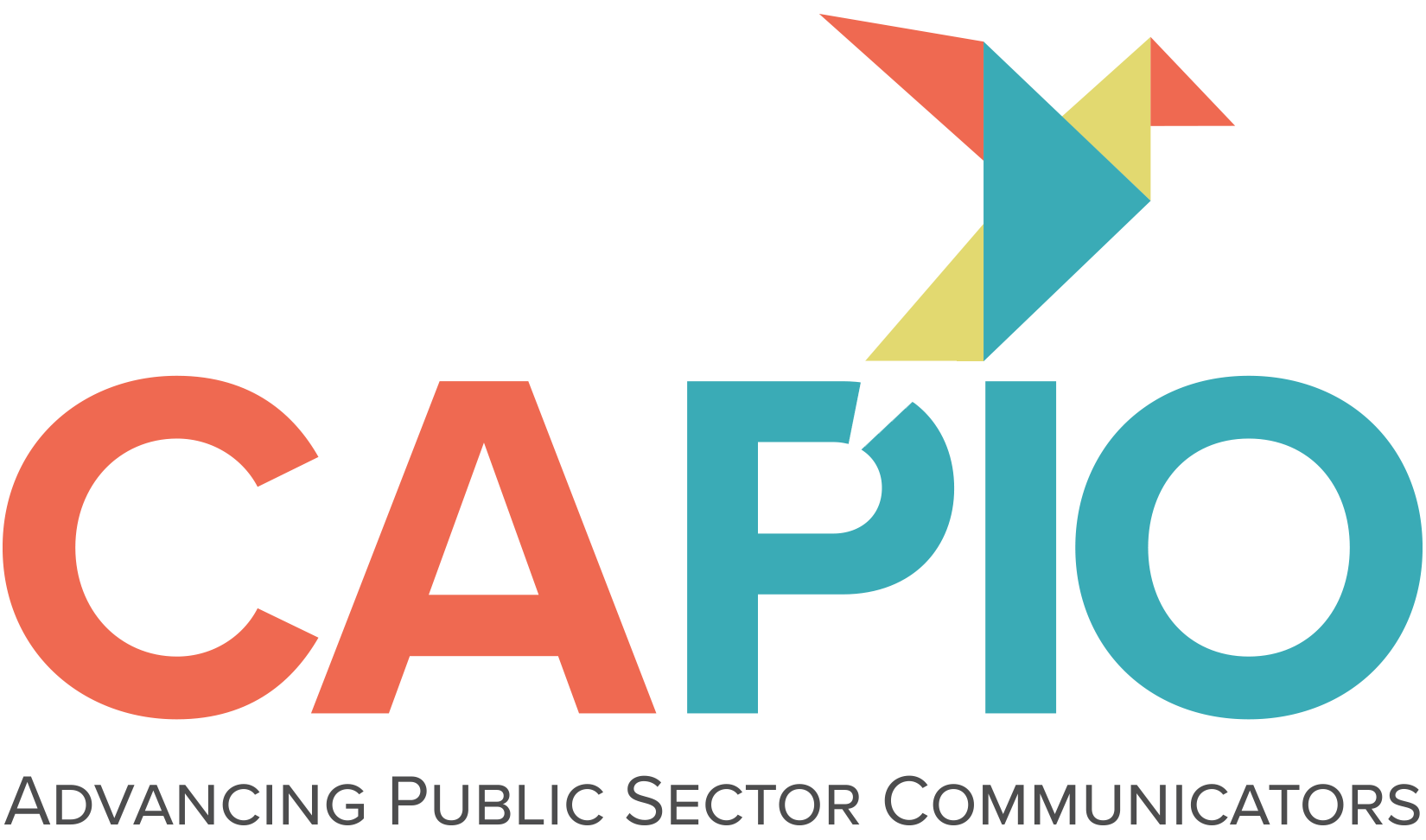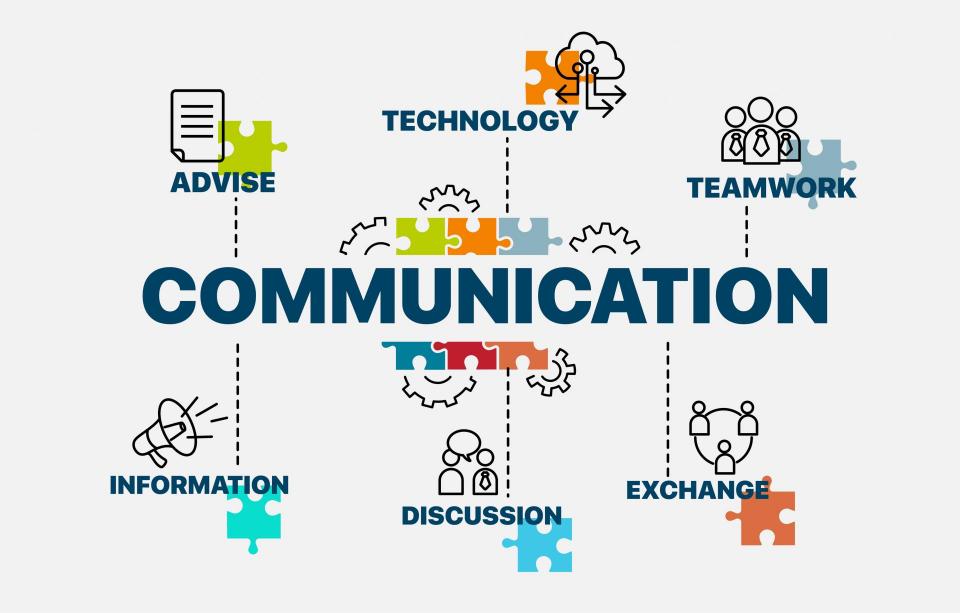Your First Audience: Building Culture Through Internal Communication
By, Pam Allen, City of Roseville
When government communicators think about building trust, the focus is often on residents or the media. Yet some of the most important communication happens inside your own organization, where staff shape culture, carry your brand and determine how effectively messages reach the community.
Shaping Culture from the Inside
Internal communication builds more than awareness of policies or programs. It shapes culture. A culture grounded in openness and consistency gives employees confidence to share ideas, speak up and take risks. When staff see leaders communicate with honesty, they are more likely to try new approaches. That willingness to take risks builds problem-solving and resilience.
Culture cannot be left to chance. More agencies are forming committees and hosting intentional conversations about the kind of workplace they want to create. Talking openly about values, behaviors and expectations reinforces the message that culture is not just a byproduct of work, it is the environment that makes good work possible.
I was reminded of this recently while attending a conference. A colleague shared that when he checked into his hotel, the employee behind the desk muttered, “I hate this place,” as they handed him his key. His reply, “Well, I’m excited that I get to stay here for the next four days then,” was both funny and telling. In that moment, the employee was not just representing themselves, but also the organization’s culture. Internal communication and workplace environment do not stay hidden; they show up in every interaction, shaping how people experience your brand.
Making Culture Matter to Staff
Research confirms what many of us already know. A Glassdoor survey found that 77 percent of people consider culture before applying for a job, and 56 percent say culture is more important than salary for job satisfaction. Positive culture is not just about retention. It attracts the next generation of talent, and when employees feel proud of their workplace, they become some of your strongest recruiters.
Encouraging Smart Risk-Taking
Innovation thrives when people feel safe to take thoughtful risks. One of my former city managers often referenced Bill Gore, founder of W. L. Gore & Associates, and summed up his Waterline Principle by saying: “take risks with everything above the waterline.” He explained that if a mistake happens above the waterline of a ship, you can patch the hole and move on, but if it happens below the waterline, the damage may be irreversible. The idea encourages experimentation where setbacks are manageable while reserving high-stakes decisions for broader discussion.
Applied to internal communication and culture, the Waterline Principle creates space for employees to test new ideas without fear of lasting damage. A staff member might pilot a new way of reaching field crews or experiment with short-form video that uses humor to explain a complex issue. Beyond communications, the same mindset can fuel innovation across government services. A city might test a pop-up art installation to activate a public space or trial a new permit workflow on a small scale before expanding it citywide. In each case, treating small risks as learning opportunities builds confidence and sparks creative solutions.
Reaching Different Audiences
No single message reaches every employee effectively. A weekly email may work for office staff but miss field crews who rarely sit at a computer. To reach diverse employee groups, tailor your channels and formats:
- Office staff: Regular digital updates through email or intranet.
- Part-time and seasonal staff: Quick text alerts, flyers with QR codes or shift-change briefings.
- Remote workers: Virtual meetings and video updates that replicate “hallway conversations.”
- Field employees: Mobile-friendly messages, supervisor toolkits and visual aids such as laminated cards or short videos.
Meeting employees where they are ensures everyone feels included and informed.
Choosing the Right Messenger
Who delivers the message is just as important as the message itself. Big-picture updates often carry more weight when they come from leadership, while daily operational changes may be better shared by supervisors or frontline managers. Peer-to-peer communication can also be powerful, especially when employees see colleagues they trust reinforcing key messages.
Sometimes, an outside voice can help. A facilitator, trainer or even a respected staff member from another department can validate a message or bring fresh perspective. Using an external or cross-departmental messenger signals that the communication is not just “management talk” but part of a broader culture of learning and collaboration.
Sharing Information Early and Often
Transparency is as important internally as it is externally. Sharing updates, even when there is “nothing new,” prevents rumors and misinformation from filling the gap. Do not be afraid to say, “I don’t know, but I’ll get back to you.” Acknowledging uncertainty builds more trust than silence.
When staff ask questions you are not ready to answer, resist the temptation to avoid the topic. Instead, acknowledge the question, share what you can and explain when more information will be available. Even a simple response such as, “That decision is still in progress, but we expect to know more next month,” shows respect and helps prevent speculation.
Building Two-Way Communication
Internal communication is strongest when it flows both ways. Employees who feel their input is valued are more willing to share ideas and flag problems early. Tools like pulse surveys, Q&A forums and small-group discussions demonstrate that leadership is listening.
Follow-up is critical. When you ask staff to complete surveys, share the results in a timely manner and explain next steps. Employees want to know their input mattered, not that they filled out a survey for the sake of checking a box. Closing the loop shows respect for their time and helps prevent survey fatigue.
Anonymous feedback also has a place. Work is not always sunshine and rainbows, and safe ways to raise concerns can surface issues that might otherwise go unaddressed.
Over time, combining open dialogue, visible follow-through and anonymous feedback creates a culture where people are not afraid to speak up, lessons are shared openly and small risks are embraced as opportunities to grow.
Taking It Forward
Your employees are more than staff. They are ambassadors of your brand and builders of your culture. When they are engaged first, they strengthen both internal trust and external credibility.
Key reminders:
- Communicate early and often, starting inside the organization.
- Build a culture where employees feel safe to share ideas, take risks and fail forward.
- Form committees or holding conversations focused on shaping culture.
- Encourage smart risk-taking using the “above the waterline” concept.
- Tailor communication methods to reach office, part-time, remote and field staff.
- Choose the right messenger for the message, and using outside voices when they add value.
- Encourage feedback through open channels and anonymous options.
- Share updates consistently, even when there is nothing new to share.
- Remembering that transparency is as critical internally as it is externally.
Internal communication is not just about passing along information. It is about shaping the environment where culture, trust and innovation can grow.

